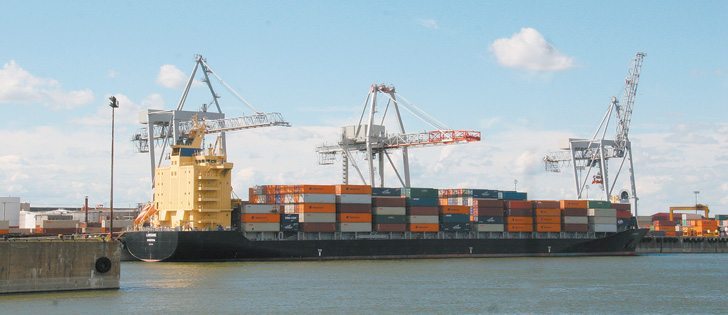Reforms to Canada’s Employment Insurance plan are raising concerns among farmers who hire foreign labourers for seasonal work.
Grain farming is mostly a mechanized industry now, but there are still many parts of agriculture that rely on unskilled human labour.
Fruit, vegetable and honey farms often have jobs that can be strenuous and are usually seasonal. Many of these operations have become large and sophisticated and their labour needs go far beyond what can be met by kids looking for summer jobs.
It is difficult to find Canadians willing to do this work, and farm employers have turned to the federal temporary foreign workers permit program and the Seasonal Agricultural Workers Program to meet their needs.
Read Also

Farmer ownership cannot be seen as a guarantee for success
It’s a powerful movement when people band together to form co-ops and credit unions, but member ownership is no guarantee of success.
With the changes to EI, unemployed Canadians will have to apply for available jobs to continue to qualify for employment insurance, and employers will have to prove that they have made reasonable efforts to recruit from the local labour force before being allowed to bring in foreign workers.
As human resources minister Diane Finley puts it, the government wants to ensure “that Canadians get first crack at jobs before we bring in foreign temporary workers.”
This sounds reasonable on the surface, and the EI program was due for reform to reduce program abuse.
It is unfair to workers who pay into EI but rarely use it to subsidize those who use it regularly to make up for working in a seasonal job. Indeed, in some businesses and regions, EI has become a built-in income supplement rather than a safety net.
However, Mervin Wiseman, chair of the Canadian Agricultural Human Resources Council, said the changes were made without consulting the agricultural industry, a major employer of seasonal and temporary workers, and there are problems.
With inadequate consultation, the government might be creating policy based on faulty assumptions. The problem is exacerbated by confusion over the data on farm labour needs. Statistics Canada has two assessments of farm labour: one from the labour force survey and the other from the Census of Agriculture. The census shows 600,000 farm-related jobs, twice as many as the labour force survey.
The census numbers indicate a more serious job vacancy problem on farms. The Canadian Agricultural Human Resources Council estimates the vacancy number could grow to 50,000 within a few years.
It is disturbing, then, that the council fears the EI changes will reduce the number of workers in agriculture and increase the bureaucracy involved in bringing in foreign workers.
There are many examples of temporary foreign workers who have returned to the same employer in Canada for years and have the skills and work ethic needed to get the job done.
However, if farm employers are denied access to foreign workers whenever there are local unemployed Canadians, it could lead to a farm workforce that does not want to be there and will leave at the first chance, requiring more training for new workers.
Employers interested in using the foreign worker plan already must apply to Human Resources and Skills Development Canada for a labour market opinion to determine if there are unemployed Canadians available to fill the need.
It is not clear yet if the new requirements for Canadians drawing employment insurance to accept a broader range of jobs will change the labour market opinion process and make it more difficult to bring in foreign workers. If it does, then some farm operations will become unviable.
If so, the EI changes must be adjusted.
Efforts to get Canadians working should not create unemployed farm owners.














